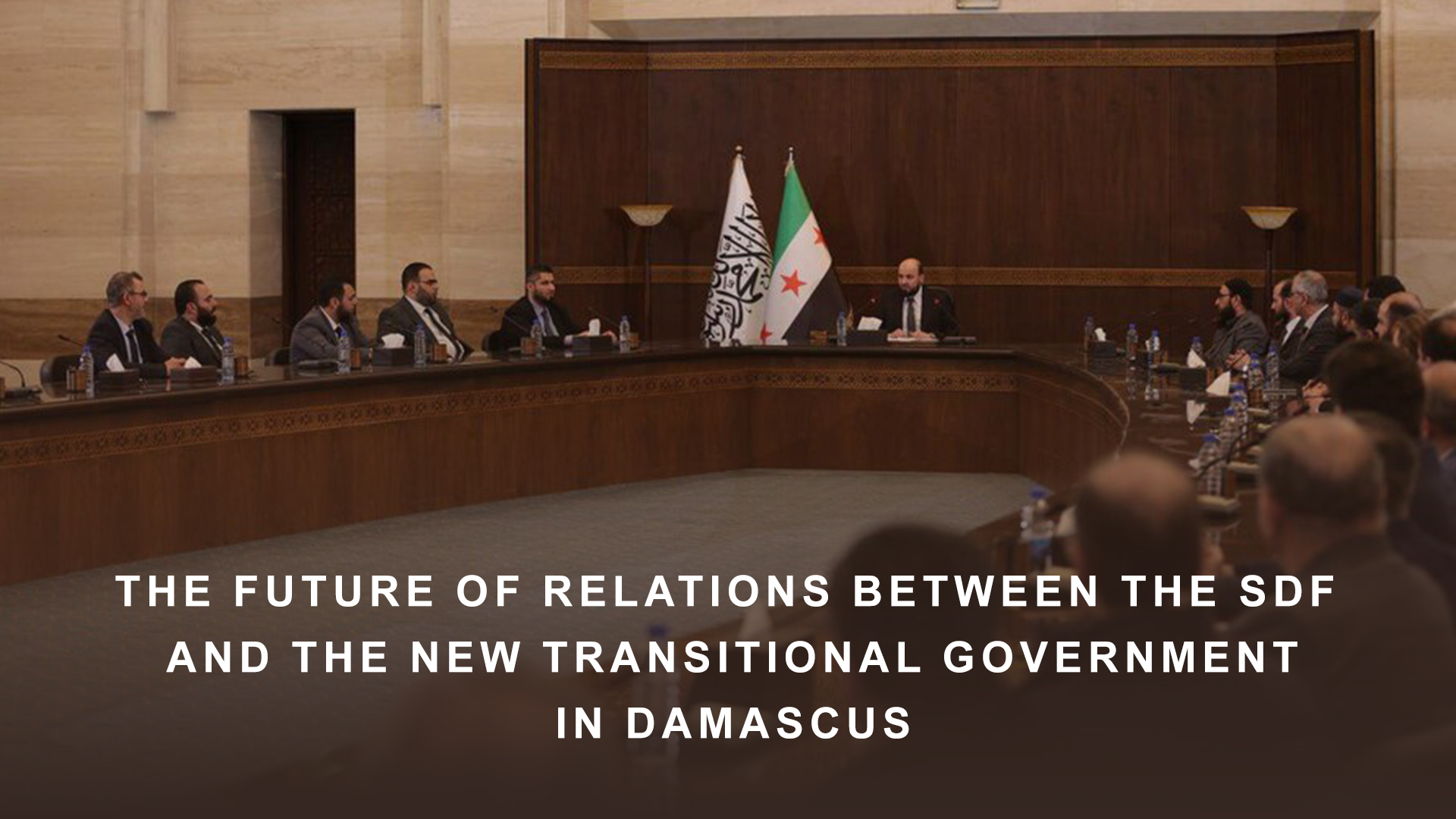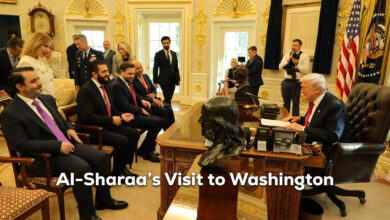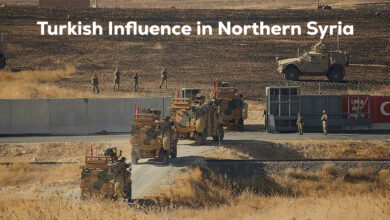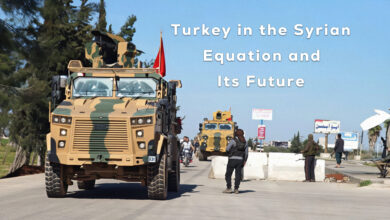The Future of Relations Between the SDF and the New Transitional Government in Damascus

Despite the complex political, economic, and security challenges, the new transitional government in Damascus is expected to pursue internal stability, national reunification, and the reorganization of its relationship with the Syrian Democratic Forces (SDF) and the Autonomous Administration in North and East Syria (AANES).
Why does the new government need the SDF?
The SDF remains an essential military force that cannot be overlooked. Its significant combat experience, particularly in battles against ISIS, has demonstrated its capability to operate effectively in complex conflict environments. The SDF controls approximately 30% of Syria’s territory, spanning from Hasakah and Deir ez-Zor to Raqqa. This means that Damascus cannot reassert control over these areas without reaching an agreement with the SDF.
Furthermore, the SDF’s strong international ties—particularly with the U.S.-led Coalition—serve as a strategic advantage. If leveraged effectively, the SDF could help the new government in Damascus improve its relations with Western nations, particularly if it acts as an intermediary between Syria and the United States.
Additionally, the AANES controls a significant portion of Syria’s economic resources, including major oil and gas fields such as Al-Omar, Al-Tanak, and Rmelan. This economic leverage makes cooperation with the SDF vital for Damascus to secure access to energy resources. The administration also oversees key hydroelectric infrastructure, such as the Tishrin and Euphrates Dams, which are crucial sources of electricity and water for large parts of Syria. Furthermore, North and East Syria is Syria’s primary agricultural hub. Given Damascus’ severe bread crisis due to wheat shortages, cooperation with the Autonomous Administration is necessary to ensure the steady supply of grain.
From a geopolitical standpoint, Damascus cannot ignore the U.S. presence in SDF-controlled areas. The Syrian government must also consider its relations with European nations, particularly France and Germany, which seek to maintain a balanced approach in dealing with all Syrian actors.
Moreover, from a security perspective, an agreement with the SDF could serve as a means for Damascus to counter further Turkish expansion in northern Syria. Ankara has capitalized on instability to bolster its military presence in Syria, and an SDF-Damascus rapprochement could limit Turkey’s influence.
Possible Scenarios for SDF-Damascus Relations
Several potential scenarios could shape the future relationship between the new government and the SDF:
- Security agreement with partial integration: Some SDF units could be integrated into the Syrian army while maintaining a degree of autonomy for the SDF in North and East Syria.
- Internal security could remain under the jurisdiction of the SDF-affiliated Asayish (Internal Security Forces), operating within a shared security framework with the central government.
- The Syrian army could be permitted to deploy in certain parts of the AANES’s territory, particularly along the Turkish border, without fully dismantling the SDF.
- Economic cooperation on resource distribution: A revenue-sharing mechanism could be established to distribute oil and agricultural profits between Damascus and the AANES.
- The agreement would allow Damascus access to vital resources while permitting the administration to continue governing its areas autonomously.
A key question remains: Would Damascus accept sharing national wealth with a quasi-independent entity, and could the SDF rely on such agreements without international guarantees?
- A new political arrangement: A broader political framework could involve granting the AANES expanded self-rule, recognizing its status within a decentralized Syrian state. Representatives from the administration could be included in the new government through a power-sharing system. A potential scenario might involve granting the SDF or the AANES a leadership role, such as the presidency of the Syrian parliament, as part of a political agreement that maintains Damascus as the central sovereign authority. A new constitution could be drafted to formally recognize the Autonomous Administration’s political, legal, and cultural status.
Key challenges to a potential agreement
- The Future of Syria’s Centralized System: Would Damascus be willing to transition from a centralized state to a decentralized governance model? And would Turkey accept any arrangement granting the Kurds formal autonomy?
- Turkish opposition: Turkey remains a major obstacle to any agreement that grants the SDF official recognition, fearing that such a move would embolden Kurdish movements within its borders. Ankara could leverage its allied Syrian factions, particularly the Turkish-backed Syrian National Army (SNA), to disrupt any potential agreement between Damascus and the SDF.
- S. and international influence: Washington is likely to push for an agreement that prevents Damascus from regaining full control over SDF-held territories. Any deal must consider the continued presence of U.S. forces and their stance on reconciliation efforts between Damascus and the SDF.
- Internal resistance within Syria: Even if the new government agrees to a deal with the SDF, it could face opposition from nationalist and Islamist factions within Syria, particularly those rejecting decentralization.
What lies ahead?
The relationship between the new government in Damascus and the SDF will likely face significant obstacles. For the SDF, engaging with Damascus will be challenging, as the government must balance its relations with Turkey while addressing the growing power of the SDF as a military, political, and economic force.
The most realistic scenario would involve a swift agreement, as Syria’s fragile situation cannot afford prolonged negotiations. However, if Damascus refuses to make the necessary concessions, a military confrontation remains a possibility. In such a case, the SDF may strengthen its alliance with Washington and other regional actors to secure its position.
Ultimately, the future of relations between the SDF and Damascus hinges on a delicate interplay of military, economic, and political factors. Whether through cooperation or confrontation, both parties will have to navigate a complex landscape to determine the shape of Syria’s next chapter.




